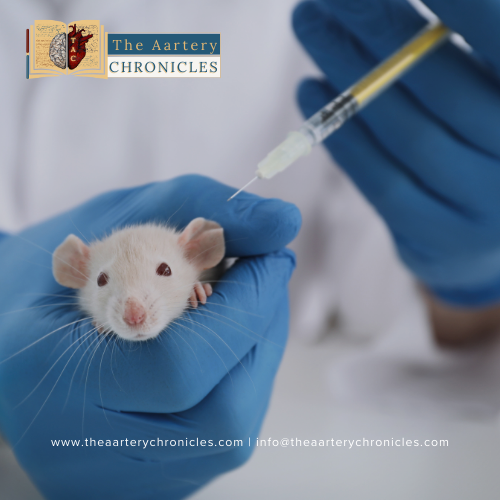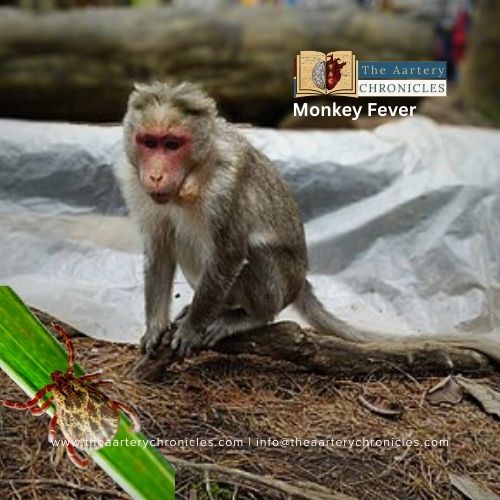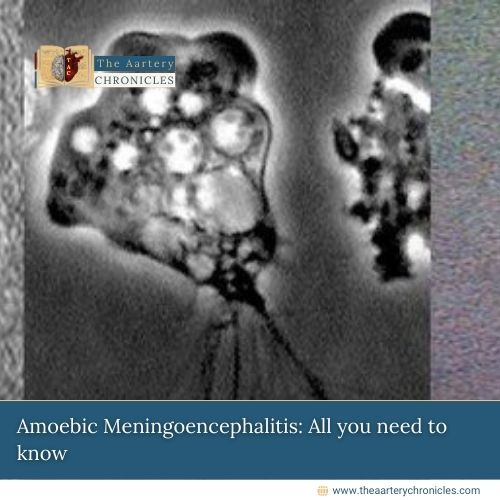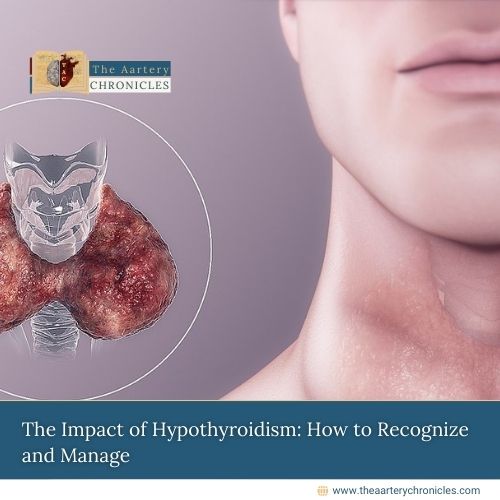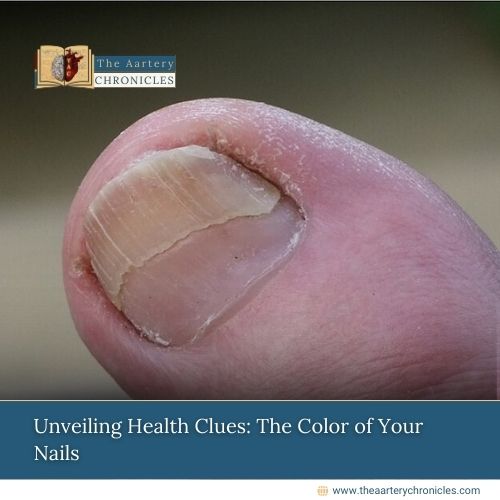

Unveiling Health Clues: The Color of Your Nails
Overview
Nails, highly significant for our tactile sensation, protect the skin, blood vessels, and muscles at the ends of our digits and toes. Nails or their overall appearance is also an important biomarker for exposure and several health conditions.
The color of your nails can reveal important insights into your overall health and potential underlying conditions.
Nails are an excellent health indicator, their color shape, size, and texture can say a lot about the individual’s overall health including underlying health issues such as thyroid disorders, respiratory disorders, fungal infections, and anemia.
1. Yellow Nails
Mostly yellow nails are a result of fungal infections. Yellowish-red patches on the nails may also indicate conditions such as psoriasis. This discoloration is commonly called a ‘salmon patch’ or ‘oil drop.’ Psoriasis is a skin condition that causes scaly red patches and can also affect toenails and fingernails. Along with this, some underlying conditions such as chronic bronchitis, and or diabetes may be the cause of yellow nails.
2. Pale Nails and White spots
Pale nails with partial white spots are also known as leukonychia. These spots are commonly medium-sized and or in the form of numerous specks.
The pale color is a result of several issues including anemia, deficiencies, kidney disorders, poisoning, and cardiovascular disorders. Leukonychia can further be classified into three types: true leukonychia, apparent leukonychia, and pseudo leukonychia.
White spots are usually a result of stress on the nails. However, leukonychia can also be the cause of:
- Allergies
- Fungal infections
- Medications
- Injuries
- Some genetic conditions such as Darier disease, and Bart-Pumphrey syndrome.
These spots may also be caused because of deficiencies such as minerals and vitamins including zinc, iron, and calcium. In a few instances, anxiety disorders are also considered as the individual tends to bite or pick at nails because of anxiety episodes causing trauma to the nails.
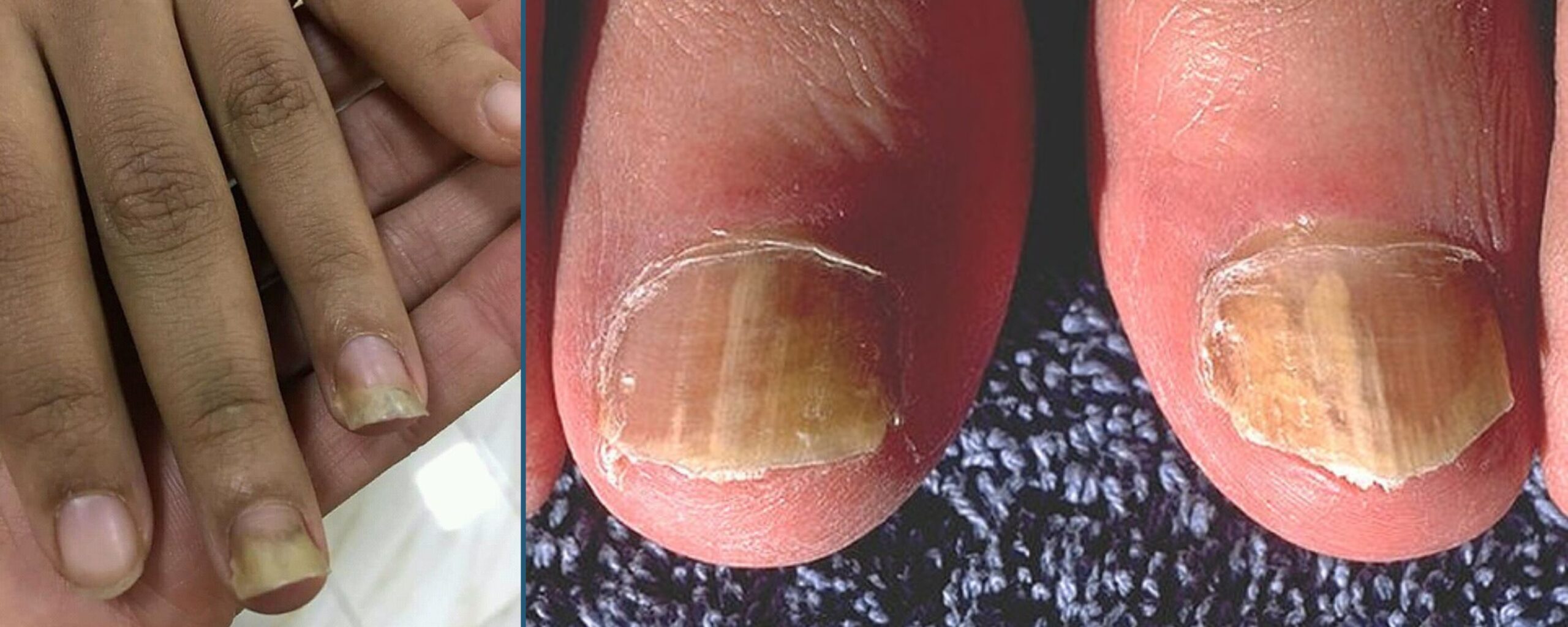
3. Blue Nails
Bluish nails or a light blue tint on the nails can indicate that the body is not getting enough oxygen. A few heart and lung disorders are associated with this.
Blue nails can be caused by Cyanosis, a disorder in which blood lacks the oxygen to reach tissues. In people with dark skin tone cyanosis can be easily seen in gums, nails, lips, and around eyes.
A few causes of cyanosis include:
- Airway problems such as choking, and epiglottitis
- Heart issues including congenital heart defects, cardiac arrest, or congestive heart failure
- Lung problems that involve Asthma, pneumonia, pulmonary hypertension, pulmonary embolism, etc.
- Some other causes can be using tight-fitting clothes, extremely cold environments, drug overdose, toxic exposures, seizures, etc.
4. Rippled and Cracked Nails
In cases of rippled nails, the skin under the nails can appear reddish-brown. The surface of the nails is pitted, or rippled which may be an early sign of arthritis and psoriasis.
Cracked, dry nails have been associated with thyroid disease. Often brittle cracked nails are combined with yellowish tone which can be a sign of fungal infection.
5. Puffy nail folds and dark lines
Puffy nails are mainly a result of Chronic paronychia. It is a condition that causes redness and inflammation of folds of the skin and tissues around the nails. This can be caused because of allergens or due to the fungus called Candida albicans.
The discoloration of nails with dark lines at the bottom is called melanonychia. Melanonychia can be caused by the melanin pigment. There might be several causes such as infection, trauma because of injury, or skin cancer.
Nail Health
It is important to maintain nail health and hygiene. Trimming and cleaning fingernails from time to time is essential to prevent infections. Nails should be kept short and cleaned with soap and water, with the length more dirt can gather leading to infections including pinworms. Nail equipment such as clippers, and files should be cleaned properly before and after use when they are shared particularly in commercial settings such as salons. Furthermore, in case of any extraordinary observances regarding nails approaching a physician is always reasonable.
Extensive use of nail colors, nail polishes, and frequent nail art can be harmful as the toxic chemicals can get absorbed into the body and cause non-permanent nail discoloration. Moreover, according to the National Cancer Institute, ingredients in nail polishes such as formaldehyde have been recognized as carcinogenic. Also, while visiting a physician any artificial colours from the nails must be removed for efficient examination.
- 6 Things Your Nails Say About Your Health | Cleveland Clinic
- What Your Nails Say About Your Health | WebMD
- Cyanosis | Cleveland Clinic
- White Spots on Nails (Leukonychia) | Cleveland Clinic
- Healthy Habits: Nail Hygiene | CDC
- A look at the effects of nail polish on nail health and safety | Harvard Health Publishing

Sanika Pande
- Medicine and Diseases
- Nutrition and Diet







